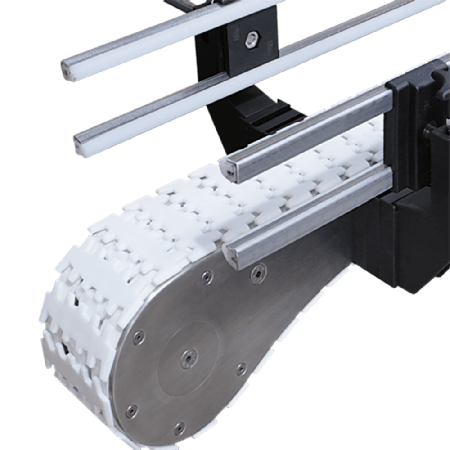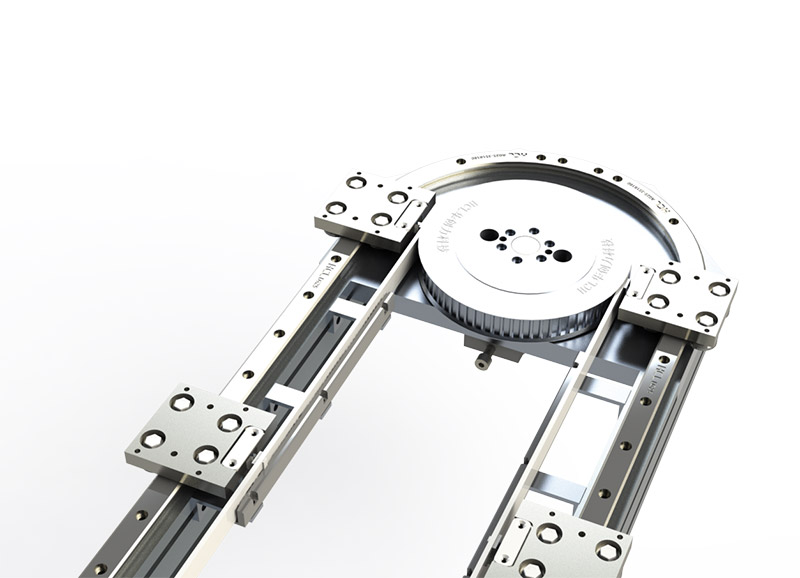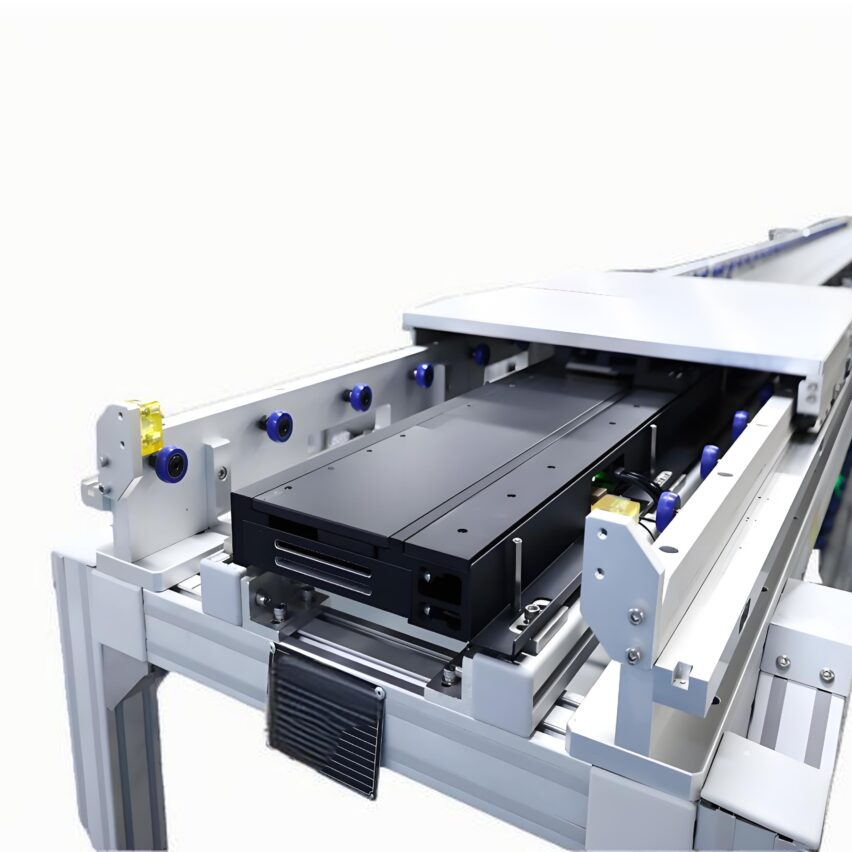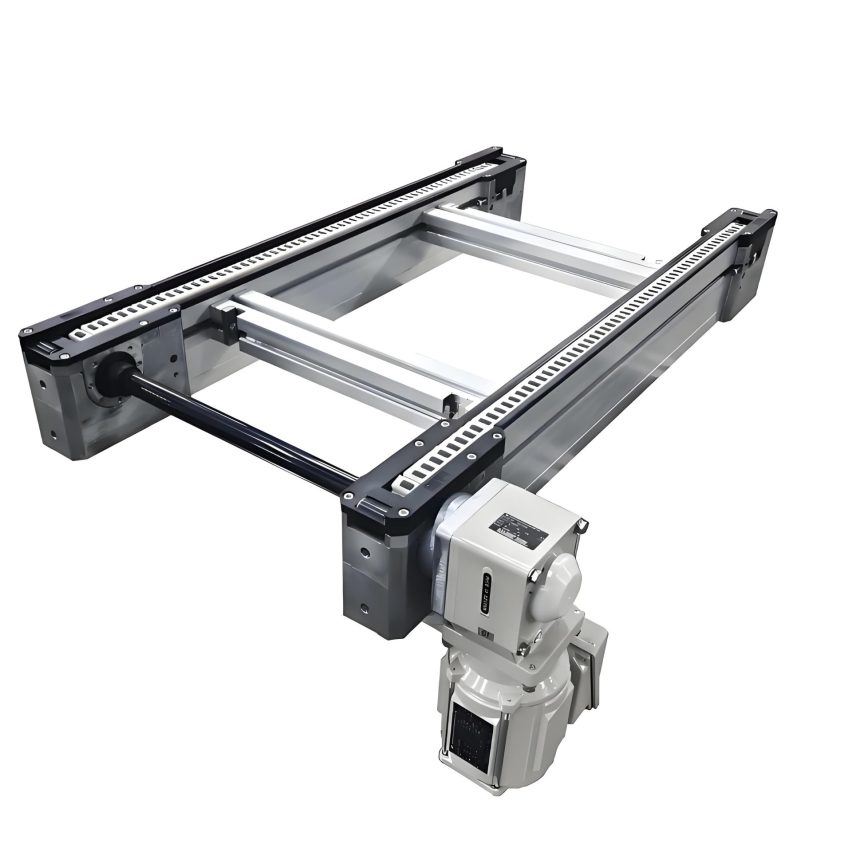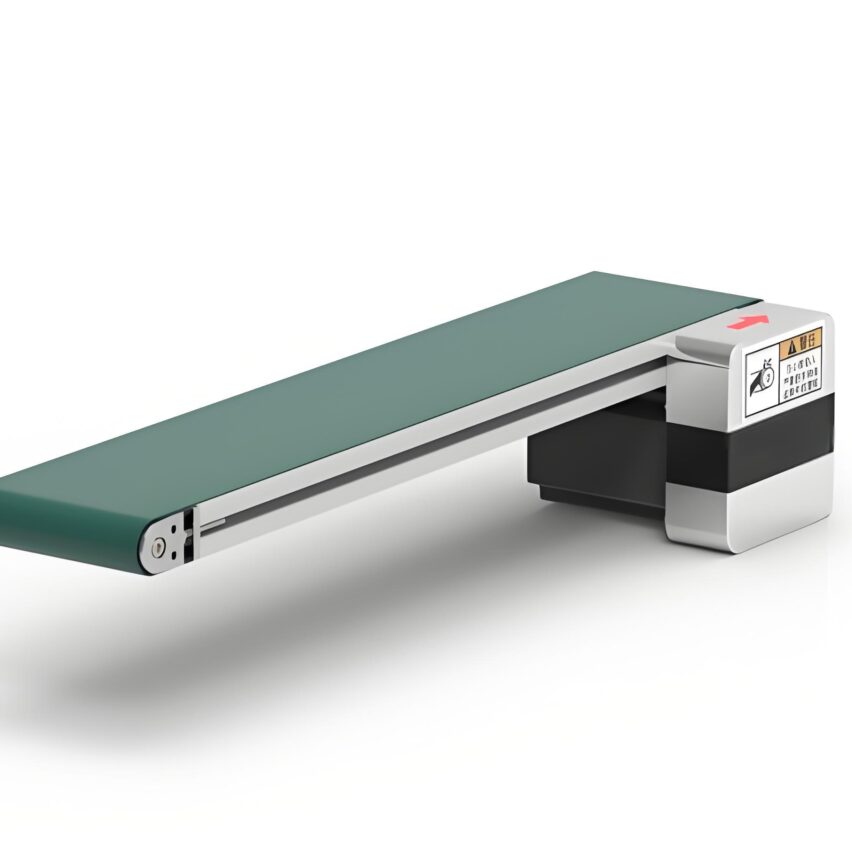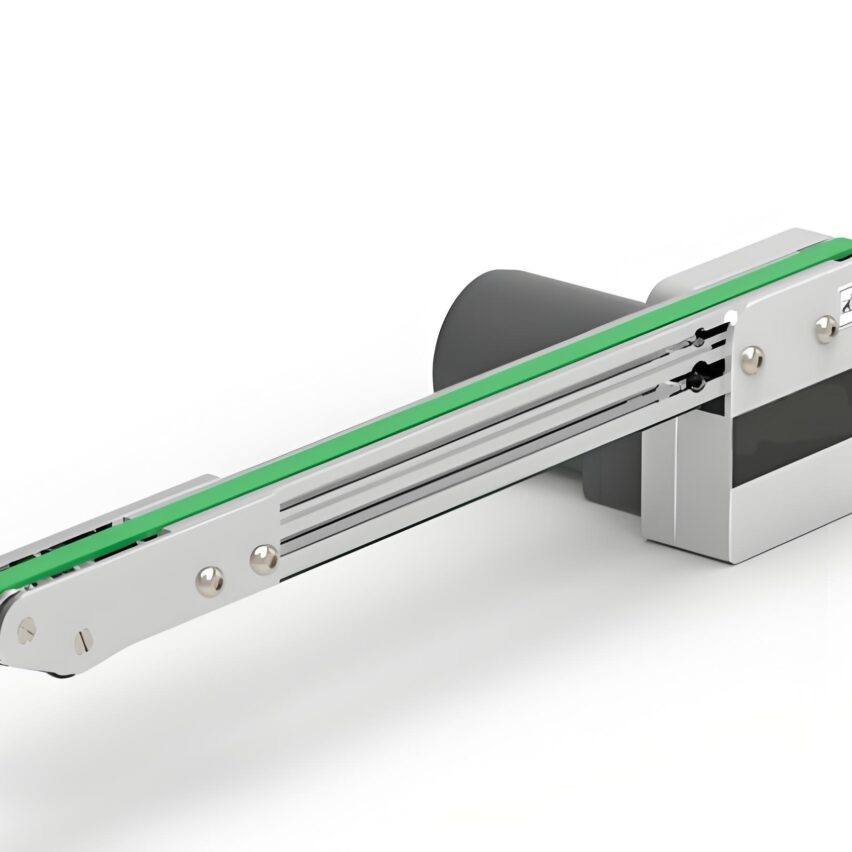How to accurately match load demand? Avoid these 3 overloading traps first
The first step in selection is to quantify the load, but the 80%'s failures stem from load misjudgments. Common misconceptions include:
- Neglecting shock loads: When handling heavy loads and stopping sharply, the instantaneous impact force can be as high as the static load.2x moreThe HTD toothed or wide-bodied belts (bandwidth ≥ 25mm) are required to enhance impact resistance.
- Underestimation of cumulative weightThe single-section load of ≤60kg is the economic range, but the total load is easy to be exceeded if multiple stations are stacked at the same time. For example, electronic assembly line needs to reserve20% ResidualTo avoid breakage of the synchronous belt due to overload.
- Confusing Load Types: The difference in wear on timing belts between continuous operation (e.g. packaging lines) and intermittent starts and stops (e.g. sorting robots) is significant. High start/stop frequency scenarios require the use ofGT type beltThe life expectancy is 40% higher than the standard model.
The Truth in DataAn automobile parts factory did not calculate the impact load, synchronous belt broken in 3 months; HTD-15M type life after the switch to 2 years.
The secret of transmission error ≤ 0.1mm: choose the right tooth shape = cost reduction 10%
Accuracy depends not only on the sensor, but also on the matching of the timing belt tooth profile to the scene:
- Cylindrical teeth (e.g. S3M): Suitable for micron-level positioning, e.g. chip attaching machines, transmission errors≤0.05mm, but costs 30% more than trapezoidal teeth.
- Double-sided toothed beltFor multi-axis robotic arms, double-sided engagement reduces lost steps, but axis parallelism needs to be ensured.≤0.1mm/m(0.5mm/m is required for normal scenes).
- Trapezoidal teeth (T-shaped): the preferred choice for conventional assembly lines, low cost and high compatibility, but with an accuracy of only ±0.3mm.Only suitable for medium precision scenes such as LED light assembly.
Case DirectA logistics enterprise sorter with trapezoidal toothed belt, the error rate of 0.5%; change the arc toothed belt down to 0.01%, the annual maintenance cost savings of 120,000 yuan.
Environmental killers: How temperature/dust eats away at timing belt life?
The culprit for timing belt failure is often environmental misfit:
- -20℃~80℃ is the safety zone of polyurethane (PU), exceeding the need to divert the material:
- >80℃ baking line→Chloroprene Rubber (CR), heat resistance improved by 50%, but elasticity decreases requiring increased tensioning frequency.
- <-30°C cold storage→Special cold-resistant adhesive, double the coefficient of resistance to brittle cracking, but the bandwidth needs to be widened 20% to compensate for the loss of tensile strength.
- Dust environment protection: Open workshop recommended for retrofittingFully sealed enclosureThe abrasion rate is reduced by 70%; the oiled scene is changed to stainless steel wire core belt with a corrosion-resistant life of 3 years.
Installation Pit Avoidance: 5-Step Tensioning Method to Extend Life 200%
Axis deviation of 1mm = life expectancy halved! Key operating instructions:
- Wheelbase formula::
A=[L-π(D1+D2)/2]/2(L is the belt length, D1/D2 are the pulley diameters), set aside5% Adjustment of spaceAnti-over-tightening. - Tension Calibration: Deflection measurement with non-contact tensiometer, vertical loadsWd=15~20N/mm(bandwidth).
- parallel calibration: Laser Aligner Detection, Error≤0.5mm/mIf it is out of tolerance, the shims are fine-tuned (0.05mm shims for every 0.1mm deviation).
Upholding the Iron Law: Quarterly inspection of tooth root cracks, found peeling immediately replaced; pulley wear over 0.3mm need to be synchronised with the new replacement, otherwise the new belt life depreciation of 60%.
Exclusive insight: light load ≠ low cost, selection formula hidden mystery
The industry often misjudges that "light load with T-belts is the most cost-effective", but in fact, it is necessary to calculate the full cycle cost:
- formula deconstruction: Bandwidth
bc=(Md×10³)/(Mds×Mz×fw)Middle.Number of meshed teeth Mz≥6It is the core, which is prone to skipping even when using a broadband with insufficient teeth. - Hidden Cost Comparison::
take T-belt HTD belt Cost of purchased tapes ¥200/m (baseline) ¥320/m (+60%) Number of replacements in 3 years 4 times 2 times total costs ¥800/m ¥640/m (↓20%)
reach a verdict: For loads >30kg, HTD belts have a higher unit price but lower total cost.
(Note: The core data in the article, such as load calculation and material properties, are derived from the technical manuals of manufacturers such as Gates and Bando, and verified by 20+ industrial scenarios.)




